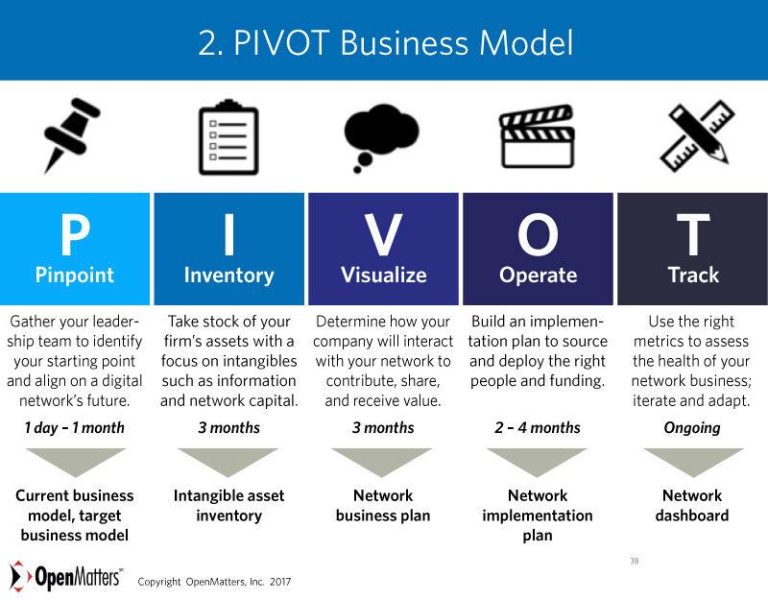As consumers recalibrate what they value – from price and convenience to sustainability and authenticity – companies across sectors are rewriting their playbooks. Retailers are leaning into private labels and loyalty programs, restaurants are simplifying menus while doubling down on delivery, and brands are testing rental, resale and subscription models to keep fickle shoppers in the fold.
The pivot reflects a cascade of pressures: inflation-squeezed budgets, post-pandemic channel shifts, and a digital landscape where social commerce and creator influence can swing demand overnight. Executives are responding with faster product cycles, smaller pack sizes, and AI-driven personalization, even as tighter privacy rules raise the bar for how customer data is gathered and used.
The stakes are high. With growth harder to find and competition intensifying, firms are retooling supply chains, recasting marketing, and rethinking where and how they sell. The new mandate is clear: meet consumers where they are – value-seeking, time-poor and increasingly climate-conscious – or risk being left behind.
Table of Contents
- Consumers Trade Down Yet Reward Values Based Brands as Sustainability Becomes a Purchase Trigger
- Personalization Without Cookies Companies Shift to First Party Data AI and Loyalty to Maintain Relevance
- What Executives Should Do Now Diversify Channels Right Size Inventory and Improve Last Mile Fulfillment
- Insights and Conclusions
Consumers Trade Down Yet Reward Values Based Brands as Sustainability Becomes a Purchase Trigger
Retailers report budget-conscious households are migrating to private labels and smaller pack sizes, yet analysts note a concurrent willingness to pay a modest premium for brands that demonstrate credible purpose, price-per-use efficiency, and verifiable environmental outcomes-shifting loyalty toward propositions that pair thrift with trust, and turning transparent impact into a decisive purchase trigger rather than a postscript.
- Behavior shift: Downshifting on everyday staples while selectively up-trading when sustainability claims are proven and savings accrue over the product life cycle.
- Proof over promises: Third-party certifications, QR-code traceability, and published supply-chain data outperform vague eco-labels.
- Value engineering: Concentrates, refills, multi-use formats, and durability that reduce total cost-of-ownership without compromising performance.
- Local and low-waste: Shorter supply chains, recycled inputs, minimal packaging, and clear disposal guidance drive basket conversion.
- Incentive design: Loyalty perks that monetize greener choices-bundle pricing, subscription credits, repair rewards-reinforce repeat purchase.
Personalization Without Cookies Companies Shift to First Party Data AI and Loyalty to Maintain Relevance
With browsers deprecating third-party identifiers and regulators tightening oversight, brands are rapidly rebuilding personalization on the back of first‑party and zero‑party signals, leaning on consent-first value exchanges, server-side data capture, and AI that interprets on-site behavior; clean rooms and customer data platforms knit together fragmented touchpoints, while loyalty ecosystems-from tiered rewards to member-only pricing-emerge as both retention engines and compliant data pipelines, enabling more resilient targeting and attribution as marketers pivot from cookie retargeting to contextual intelligence, predictive cohorts, and incrementality-driven measurement.
- Data sourcing: value-led sign-ups (receipts, QR codes, member pricing) fuel consented profiles and event streams.
- Activation: server-side tagging, contextual + predictive audiences, and triggered journeys replace third-party retargeting.
- Measurement: MMM, geo holdouts, and clean-room lift studies counter signal loss from ATT and browser changes.
- Loyalty as a moat: tiers, exclusive access, and gamified rewards boost CLV and replenish durable identifiers.
- Governance: minimization, encryption, and transparent preference centers reinforce trust and compliance.
What Executives Should Do Now Diversify Channels Right Size Inventory and Improve Last Mile Fulfillment
With spending patterns fragmenting across platforms and regions, leadership teams are moving quickly to widen reach, match supply to real-time signal, and compress delivery windows-prioritizing pilots that prove unit economics within a quarter and scale before peak seasons.
- Expand reach: Launch curated marketplace assortments and social checkout (e.g., live commerce) to meet discovery where it happens; shift budget toward retail media networks to lift ROAS; unify attribution (MMM + incrementality) to cut wasted spend; test subscriptions and bundles to improve LTV/CAC.
- Align stock to demand: Rationalize low-velocity SKUs; deploy demand sensing using POS and geo signals; nearshore or dual-source critical items; set dynamic safety stocks by volatility; use consignment for slow movers; open pre-order windows on constrained SKUs; track fill rate, weeks of supply, and aged inventory to free cash.
- Accelerate the doorstep: Enable ship-from-store and BOPIS/BORIS with pooled inventory via OMS; stand up micro-fulfillment in dense ZIPs; diversify carriers with regionals and implement zone-skipping; surface promise dates at PDP and checkout; shrink packaging cube to reduce DIM weight; streamline returns with drop-off networks and instant credit; monitor OTIF, split-shipments, and cost-to-serve by lane with proactive exception alerts.
Insights and Conclusions
As tastes, budgets and channels continue to evolve, the immediate wave of pivots is giving way to a longer test of execution. Companies that translate fast-changing signals into product, pricing and distribution decisions-while keeping supply chains and balance sheets resilient-are positioned to gain share. The risks are real: higher input costs, uneven demand, tighter privacy rules and scrutiny of environmental claims could blunt momentum or raise compliance costs. For smaller firms, partnerships and marketplaces may offer scale; for incumbents, pruning portfolios and accelerating time-to-market will be under the microscope. With preference volatility now a baseline condition rather than a blip, agility is moving from buzzword to core competency. In the quarters ahead, the pace and discipline of adaptation-not the headline pivot-are likely to determine who leads and who lags as consumers redraw the map.


